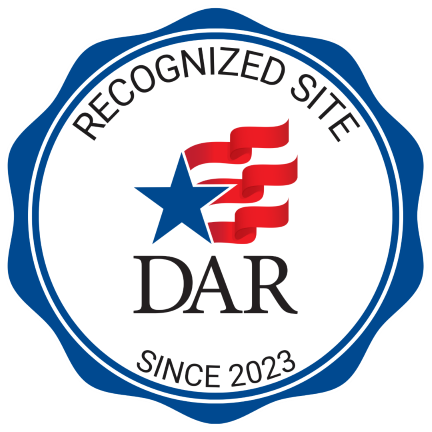Who is Thomas Heyward, Jr.?
Thomas Heyward, Jr., (July 28, 1746 - March 6, 1809) signed the United States Declaration of Independence and the Articles of Confederation as a representative of South Carolina.
Born in St. Luke's Parish in the Beaufort District (now Jasper County), South Carolina, and educated at home. He then traveled to England to study law where he was a member of the Honorable Society of the Middle Temple. He was elected to the Continental Congress in 1775 and signed the Declaration of Independence in 1776.
Heyward returned to South Carolina in 1778 to serve as a judge. In command of a militia force, on August 27, 1780, Heyward was taken from his Charleston home by British troops and detained in the Old Exchange Building. Just hours after being arrested, he and 28 other "ringleaders of the rebellion" were relocated to a guard ship in the harbor. On September 4, 1780, they were transported to St. Augustine, Florida, and remained imprisoned there for about 11 months until they were freed in a prisoner exchange.
After the war, he continued to serve as a judge; retiring from the bench in 1789.
He is buried at Old House Plantation near Ridgeland, Jasper County, South Carolina. It was added to the National Register of Historic Places in 1997.
A bronze bust of Thomas Heyward, Jr., stands in Beaufort's Waterfront Park, a gift of the Thomas Heyward, Jr., Chapter ,NSDAR.





